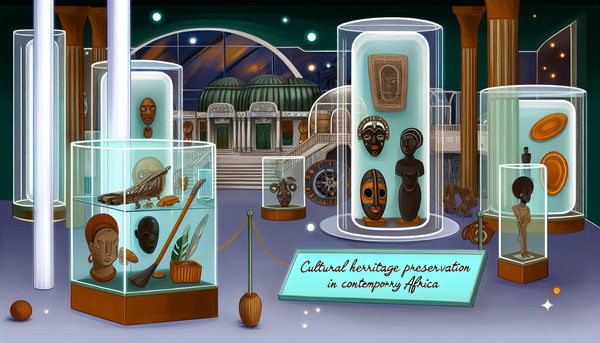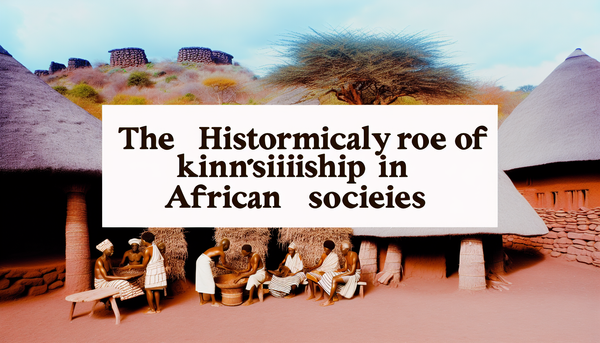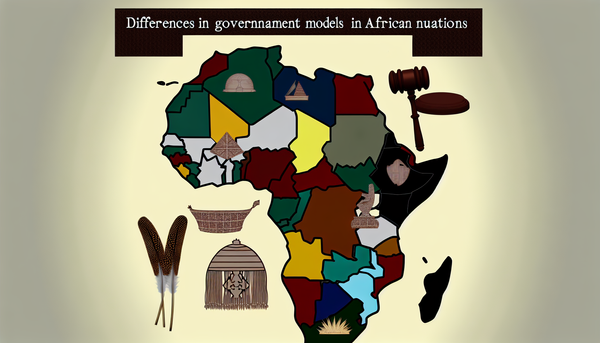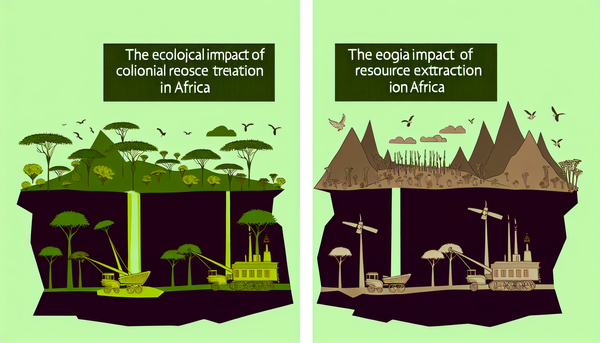Apartheid, june 16
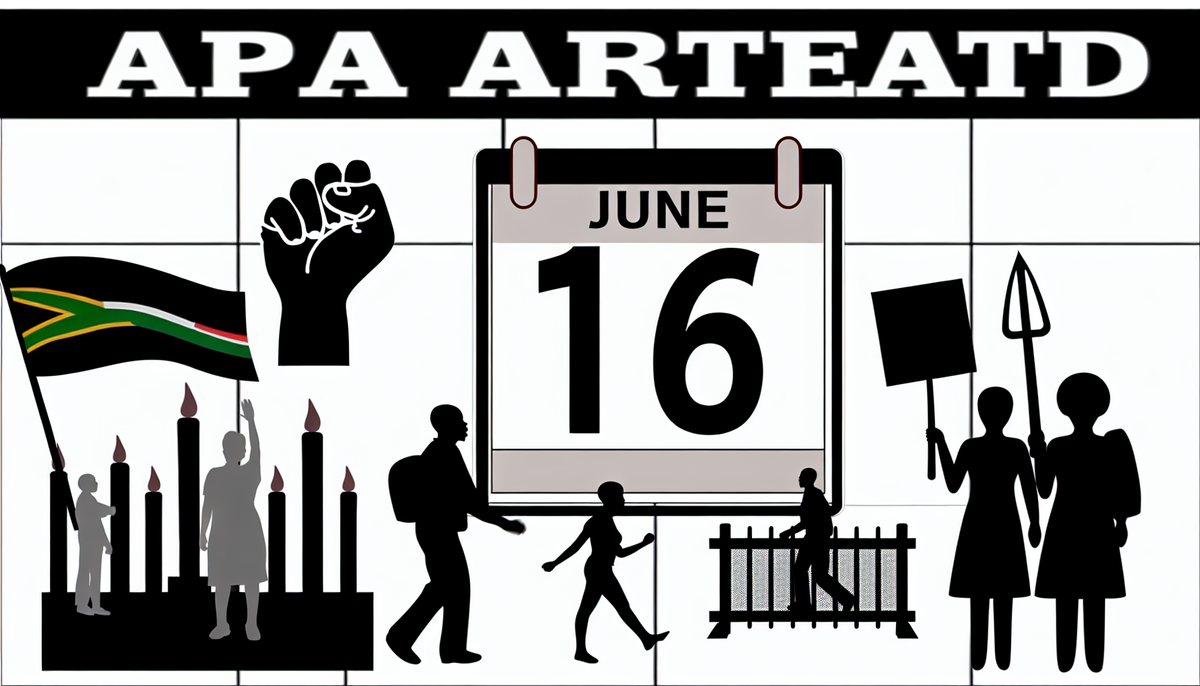
Introduction to Apartheid and the Significance of June 16
Apartheid, a policy of institutionalized racial segregation and discrimination implemented by the South African government from 1948 to the early 1990s, fundamentally reshaped the nation’s social, political, and economic landscape. Under this regime, the rights of the majority black population were severely restricted, while privileges were afforded to the white minority. Daily life was dictated by a strict set of laws that enforced segregation across all facets, from education and employment to public facilities and residential areas.
June 16, 1976, marks a pivotal moment in the struggle against apartheid, known as the Soweto Uprising. On this day, thousands of students in the Soweto township protested against the enforcement of Afrikaans as a medium of instruction in schools. The peaceful demonstration was met with brutal force from police, leading to a tragic loss of life, including the infamous death of Hector Pieterson, whose image became a powerful symbol of resistance.
This day is not only commemorated in South Africa as Youth Day but also serves as a reminder of the sacrifices made in the pursuit of freedom and equality. The events of June 16 significantly influenced both national and international perspectives on apartheid, galvanizing efforts to dismantle the oppressive regime.
Historical Context: The Soweto Uprising
The Soweto Uprising emerged against a backdrop of extensive social and political disenfranchisement experienced by the black majority under apartheid in South Africa. In the 1970s, the apartheid regime intensified its oppressive policies, particularly in education, where the introduction of Afrikaans as a medium of instruction was viewed as a means to further entrench racial dominance. This move provoked widespread anger among students who were already disillusioned by inferior schooling conditions and a lack of adequate resources.
On June 16, 1976, thousands of students began to gather in Soweto to peacefully protest the imposition of Afrikaans in their schools. Organizers aimed to voice their demands for better educational practices and to reject the apartheid curriculum. However, the peaceful demonstration quickly descended into chaos when the police responded with overwhelming force, firing live ammunition into the crowd.
The violent crackdown resulted in the deaths of numerous students, with Hector Pieterson's iconic image—carried by a fellow protester—capturing the world's attention and drawing condemnation against the apartheid regime. The Soweto Uprising became a catalyst for the anti-apartheid movement, inspiring further activism and resistance, and ultimately leading to significant changes in South African society as the fight for freedom gained momentum.
Youth Resistance and Catalysts for the 1976 Protests
The 1976 Soweto Uprising was fueled by a potent mix of discontent and resilience among South African youth, who were increasingly frustrated with the oppressive apartheid system. By the mid-1970s, a growing wave of activism emerged among students, reflecting their desire to challenge systemic inequalities entrenched within their communities. One key catalyst for the uprising was the introduction of Afrikaans as a medium of instruction in schools, which many students perceived as an imposition of the oppressor’s language, further marginalizing their cultural identity.
Student organizations, such as the South African Students Organization (SASO) and the Black Consciousness Movement led by Steve Biko, significantly contributed to developing a sense of agency among the youth. These groups fostered awareness around systemic injustices and empowered students to advocate for their rights and demand equitable education. The slogan "Black is Beautiful" inspired many to embrace their heritage, cultivating a spirit of unity and defiance against the regime.
In the weeks leading up to June 16, 1976, students organized protests and gatherings to voice their concerns. The combination of rising awareness, dissatisfaction with the education system, and influential leadership ultimately culminated in the momentous events of the Soweto Uprising, marking a significant turning point in the struggle against apartheid.
Global Reactions and International Condemnation
The violent repression of the Soweto Uprising on June 16, 1976, reverberated around the world, garnering widespread media coverage and international outrage. Graphic images of the police brutality, particularly the poignant photograph of Hector Pieterson being carried by a comrade, captured the imagination of millions and provoked deep empathy and anger against the apartheid regime. An array of global reactions followed, signaling a united front against racial injustices in South Africa.
Countries across continents condemned the actions of the South African government, leading to increased pressure for economic sanctions and diplomatic isolation. The United Nations General Assembly mandated an arms embargo against South Africa in 1977, responding to the regime's violent suppression of protests and its systematic violation of human rights. Activists and organizations, including the Anti-Apartheid Movement in the UK and the African National Congress (ANC), mobilized campaigns to raise awareness and solicit global support for the struggle against apartheid.
Cultural figures such as musicians and artists also joined the chorus of condemnation, using their platforms to advocate for the end of apartheid. The global response to the Soweto Uprising played a crucial role in maintaining momentum for the anti-apartheid movement, ultimately contributing to the regime's eventual dismantling and the establishment of a democratic South Africa in the 1990s.
Societal Transformation: Post-Uprising Changes
The Soweto Uprising of June 16, 1976, marked a significant turning point in the fight against apartheid, catalyzing profound societal transformations in South Africa. The brutal response from the authorities awakened both national and international consciousness surrounding the injustices faced by the black majority. In the aftermath, the apartheid regime struggled to maintain its grip on power as resistance movements gained momentum.
One notable change was the surge in activism among South African youth, inspiring a new generation to engage actively in the liberation struggle. This resurgence of resistance saw the emergence of various organizations, such as the Black Consciousness Movement, proclaiming a vision of empowerment and unity.
Internationally, the uprising galvanized support for economic sanctions and divestment campaigns targeting South African companies, further isolating the apartheid regime. Global advocacy efforts increased, putting pressure on Western governments to adopt a firmer stance against apartheid policies.
Within South Africa, the Soweto Uprising catalyzed discussions around educational reforms, with calls for a curriculum that reflected the diverse cultural heritage of the nation. Ultimately, the uprising not only brought attention to the dire realities of life under apartheid but also laid the groundwork for future negotiations that would eventually lead to the country’s democratic transition in the early 1990s.
Comparative Analysis of Youth Protests Around the World
Youth protests have emerged as a powerful catalyst for social change throughout history, often driven by a sense of injustice and a desire for a better future. The Soweto Uprising in 1976 serves as a poignant example, showcasing the potential of young people to challenge oppressive systems. Comparative analysis reveals that similar movements have occurred globally, influenced by local conditions yet sharing common themes of resistance and empowerment.
For instance, the 2011 Arab Spring saw young activists across the Middle East and North Africa mobilizing against authoritarian regimes, utilizing social media to organize protests and disseminate information. Similarly, the 2019 Hong Kong protests arose among youth fighting against perceived encroachments on democratic freedoms, highlighting a growing global consciousness around the importance of civil rights.
The Black Lives Matter movement in the United States, sparked by the 2020 murder of George Floyd, also resonates with the spirit of youth-led resistance, as young activists challenge systemic racism and advocate for justice and equality.
These movements, while unique to their contexts, illustrate the universal desire among youth to assert their rights and demand accountability from those in power. The global youth-led demonstrations underscore the capacity of young people to inspire change and address pressing societal issues, fostering hope for a more equitable future.
Legacy and Continuing Impact on Modern Movements
The Soweto Uprising of 1976 left an indelible legacy that continues to influence contemporary social movements around the world. It epitomized the power of youthful activism and the ability of marginalized groups to resist oppression, serving as a model for the mobilization of collective action. The uprising has inspired a vast array of movements that address issues such as systemic racism, social justice, and political reform, transcending national boundaries.
One significant aspect of the legacy is the way the actions of Soweto’s youth highlighted the importance of education as a tool for liberation. Modern movements, such as #FeesMustFall in South Africa, echo this sentiment by advocating for accessible and equitable education, drawing upon the historical fight against apartheid.
Globally, the principles of the Soweto Uprising resonate within movements like the Black Lives Matter in the United States and the climate justice protests led by young activists like Greta Thunberg. These movements embody the spirit of resistance against systemic inequities and the call for systemic change.
As a symbol of courage and resilience, the Soweto Uprising continues to empower today's activists, demonstrating that youth voices are instrumental in shaping the future and advocating for justice and equality in a rapidly changing world.
